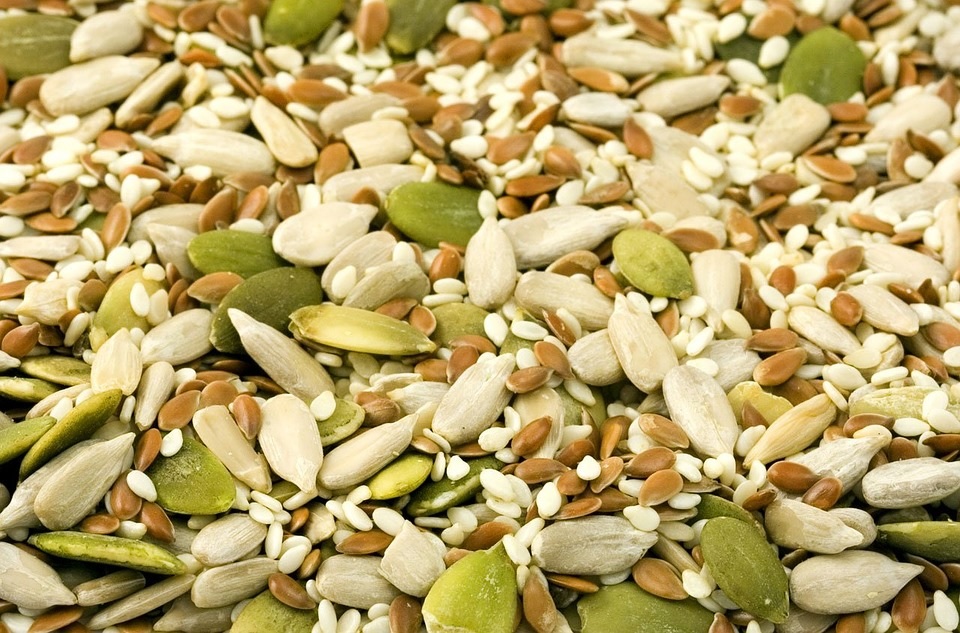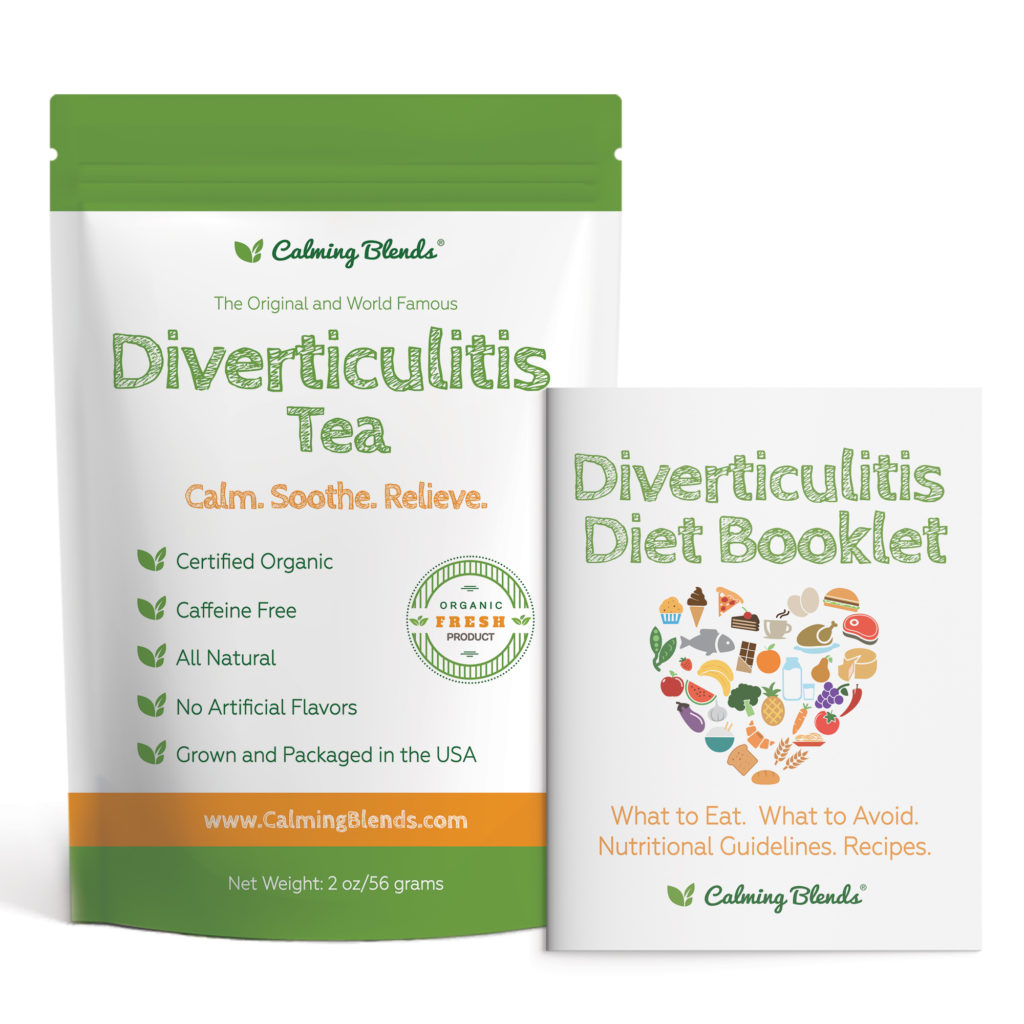What is Diverticulitis and Diverticulosis?
People can develop little bulging pouches in the lining of their large intestine, especially as they get older. Diverticula are what these are called, and diverticulosis is the ailment they cause.
Diverticulitis is a disorder that occurs when the pouches become inflamed or infected. It is a painful condition. Diverticulitis patients may also experience nausea, vomiting, bloating, fever, constipation, or diarrhea in addition to stomach pain.
A low-fiber diet, according to many specialists, can cause diverticulosis and diverticulitis. This could explain why populations in Asia and Africa, where diets are higher in fiber, have a lower incidence of the disease.
Many people are unaware that they have diverticula since diverticulosis normally causes no or few symptoms.
Antibiotics or, in severe situations, surgery may be required to treat diverticulitis.
Diverticulitis Diet is a type of diet that is used to treat diverticulitis
If you have severe diverticulitis symptoms, your doctor may suggest a liquid diverticulitis diet as part of your treatment, which could include:
- Water
- Juices from fruits
- Ice pops from the broth
(Check out our liquid diet guidelines for Diverticulitis)
Returning to a regular diet
You can gradually return to a regular diet. Before introducing high-fiber foods, your doctor may urge you to start with low-fiber foods (white bread, meat, poultry, fish, eggs, and dairy products).
Fiber softens and bulks up feces, allowing them to travel through the colon more readily. It also helps to relieve pressure in the intestines.
Diverticular symptoms can be controlled by eating fiber-rich meals, according to numerous research. Women under the age of 51 should consume 25 grams of fiber each day. Men under the age of 51 should consume 38 grams of fiber each day. Women over the age of 51 should consume 21 grams of calcium each day. Men over the age of 51 should consume 30 grams of protein each day.
Here are some fiber-rich foods to incorporate into your diet:
- Breads, pastas, and cereals made with whole grains
- Beans are a legume (kidney beans and black beans, for example)
- Fruits that are in season (apples, pears, prunes)
- Fruits and vegetables (squash, potatoes, peas, spinach)
Consult your doctor or a dietician if you’re having trouble putting together a diet on your own. They can develop a meal plan that suits your needs.
Your doctor can also suggest taking a fiber supplement like psyllium (Metamucil) or methylcellulose (Citrucel) one to three times per day. Constipation can also be avoided by drinking enough water and other fluids throughout the day.
Diverticulitis Foods to Avoid
Doctors used to advise persons with diverticular disease (diverticulosis or diverticulitis) to avoid hard-to-digest foods like nuts, corn, popcorn, and seeds for fear of their becoming caught in the diverticula and causing inflammation. Recent research, however, has found that there is no genuine scientific evidence to support this recommendation.
At Calming Blends, we advise that you pay particular attention when consuming foods such as seeds and nuts. If you feel that your condition gets worse when you consume them, you may want to avoid these. For your reference, we have compiled a list of potential trigger foods for Diverticulitis.


